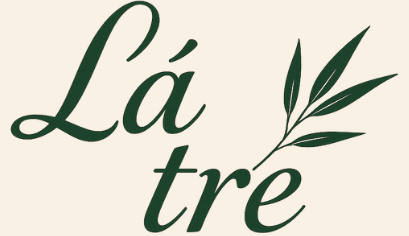The villanelle, with its repeating lines and cyclical structure, presents a unique challenge for poets. This intricate form, made famous by Dylan Thomas’s “Do not go gentle into that good night,” demands both creativity and technical skill. But what if you could explore the villanelle’s potential with the help of a villanelle poem generator? This article delves into the possibilities and limitations of such tools, offering insights into how they can be used to spark inspiration and guide your poetic journey.
Contents
Understanding the Villanelle Structure
Before exploring the use of a villanelle poem generator, it’s crucial to understand the form itself. The villanelle comprises nineteen lines, divided into five tercets (three-line stanzas) followed by a quatrain (four-line stanza). Two rhyming sounds (A and B) are employed throughout the poem. The first and third lines of the first tercet are alternately repeated as the final line of the subsequent tercets, and then both appear as the final two lines of the concluding quatrain. This intricate pattern creates a sense of circularity and inevitability, making the villanelle particularly effective for exploring themes of obsession, loss, and remembrance.
How a Villanelle Poem Generator Can Help
A villanelle poem generator can be a valuable tool for poets of all levels. For beginners, it can provide a framework for understanding the form’s complex structure. By generating example poems, the generator can illustrate how the repeating lines and rhyme scheme work together to create the villanelle’s distinctive effect. For more experienced poets, a generator can offer fresh perspectives and inspire new ideas. By providing alternative word choices or suggesting variations on the traditional form, the generator can help poets break through creative blocks and explore uncharted territory.
Limitations of Villanelle Poem Generators
While a villanelle poem generator can be a useful starting point, it’s essential to recognize its limitations. These tools are designed to assist, not replace, the human poet. A generator can provide the structure and some of the content, but it cannot replicate the nuanced emotions, unique voice, and artistic vision that make a poem truly resonate. The true magic of the villanelle lies in the poet’s ability to infuse the form with personal meaning and create a powerful emotional impact.
Using a Villanelle Poem Generator Effectively
To maximize the benefits of a villanelle poem generator, consider the following tips:
- Start with a clear theme: Having a specific theme in mind will guide the generator’s output and help you create a more cohesive poem.
- Experiment with different keywords: Try various keywords related to your theme to see how they influence the generated text.
- Don’t be afraid to edit and revise: The generated poem should be seen as a starting point, not a finished product. Refine the language, adjust the imagery, and personalize the poem to reflect your own unique style.
- Use the generator as a springboard for inspiration: Let the generated text spark new ideas and directions for your writing.
The Future of Villanelle Poem Generation
As AI technology continues to advance, villanelle poem generators are likely to become even more sophisticated. We can expect to see generators that offer more nuanced language, personalized suggestions, and even the ability to incorporate specific poetic devices. These advancements hold exciting potential for poets, offering new tools and resources for exploring the rich possibilities of the villanelle form.
Conclusion
The villanelle poem generator can be a powerful tool for both novice and experienced poets. By understanding its capabilities and limitations, you can leverage this technology to enhance your creative process and unlock the full potential of the villanelle form. While the generator can provide a framework and inspire new ideas, it’s ultimately the poet’s artistry that breathes life into the poem, transforming it from a collection of words into a work of art.
